Nail care and manicures have long been associated with beauty, self-expression, and confidence. However, accessibility within the nail industry remains an overlooked issue. People with disabilities often face physical, sensory, and systemic barriers that make traditional nail care services challenging. The movement toward inclusive nail care aims to create adaptive manicure techniques, accessible salon spaces, and innovative products that accommodate a diverse range of abilities.
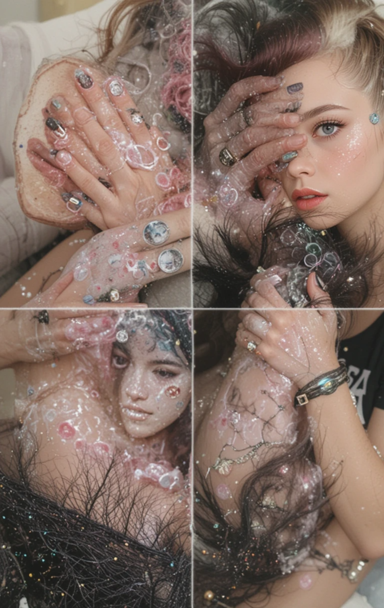
The Importance of Inclusive Nail Care
Accessible beauty services empower individuals by fostering self-confidence, self-care, and a sense of belonging. For people with disabilities, adaptive manicures can provide not only aesthetic benefits but also therapeutic and functional support.
- Physical Accessibility – Many traditional nail salons are not designed for individuals using wheelchairs, walkers, or other mobility aids.
- Sensory Considerations – Strong odors, bright lights, and loud environments can be overwhelming for individuals with sensory sensitivities, such as those with autism.
- Dexterity and Grip Challenges – Conditions such as arthritis, cerebral palsy, or multiple sclerosis can make traditional nail application and maintenance difficult.
- Mental Health and Neurodivergence – Individuals with anxiety, ADHD, or OCD may find standard salon experiences stressful due to time constraints, social interaction, or sensory overload.

Common Barriers in Traditional Nail Care
Despite the increasing focus on inclusivity in beauty, traditional nail care services still pose many challenges for individuals with disabilities. These barriers include:
- Inaccessible Salons: Many salons lack ramps, wide doorways, or adjustable seating for individuals with mobility impairments.
- Lack of Adaptive Equipment: Standard manicure tools are not always suitable for those with limited dexterity or hand tremors.
- Limited Awareness Among Nail Technicians: Many professionals lack training in working with clients who have disabilities, leading to discomfort or subpar service.
- Time Constraints: Some individuals require additional time for services, but many salons operate on tight schedules.
- Product Formulations: Traditional nail polish removers and chemicals can be harmful to individuals with respiratory sensitivities or skin conditions.
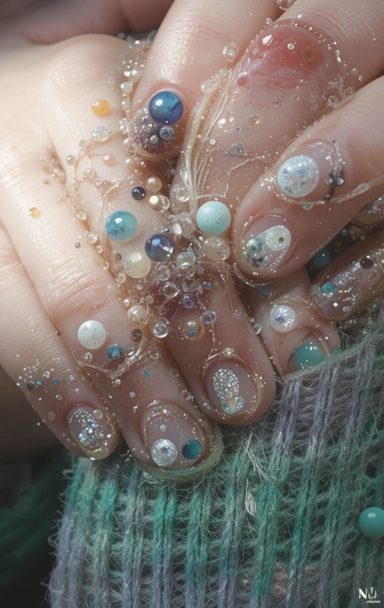
Adaptive Manicure Techniques and Solutions
To bridge the accessibility gap, many nail professionals and advocates are implementing adaptive techniques tailored to individual needs.
1. Accessible Salon Spaces
- Wheelchair-Friendly Layouts: Installing ramps, automatic doors, and adjustable-height manicure tables ensures a comfortable experience.
- Quiet Rooms or Private Spaces: Providing sensory-friendly areas with dim lighting and minimal noise can help those with sensory sensitivities feel at ease.
- Flexible Scheduling: Offering longer appointment slots allows for a more accommodating experience.
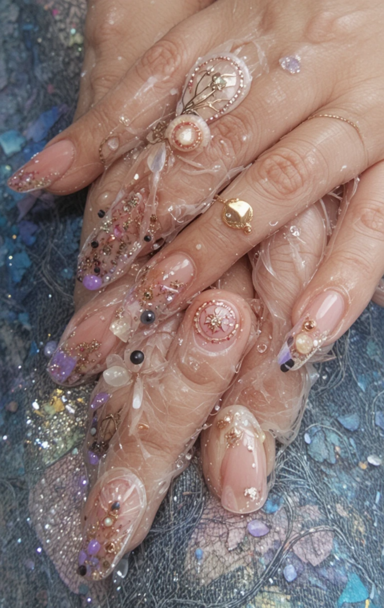
2. Adaptive Tools and Products
- Ergonomic Nail Tools: Specially designed tools with easy-grip handles help individuals with arthritis or limited dexterity apply and maintain their nails.
- Non-Toxic, Odor-Free Polishes: Hypoallergenic and low-odor formulas cater to individuals with sensory sensitivities or respiratory conditions.
- Press-On and Wraps: Adaptive alternatives such as press-on nails or wraps provide a beautiful finish without requiring fine motor control.
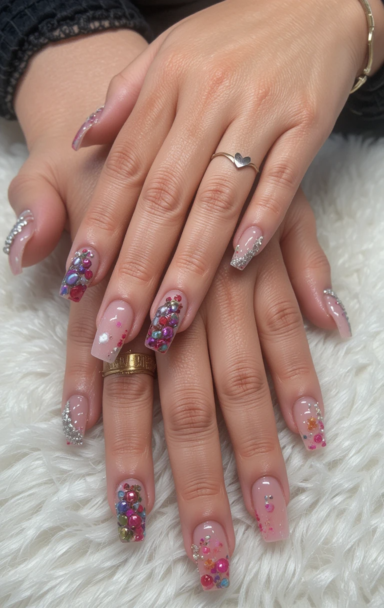
3. Training for Nail Technicians
- Disability Awareness Programs: Salons can educate staff on working with clients who have disabilities to foster inclusivity and respect.
- Personalized Consultations: Understanding a client’s specific needs ensures a customized and comfortable experience.
- Inclusive Service Menus: Listing adaptive options such as waterless manicures, quick-dry polishes, and specialized hand massages makes services more accessible.
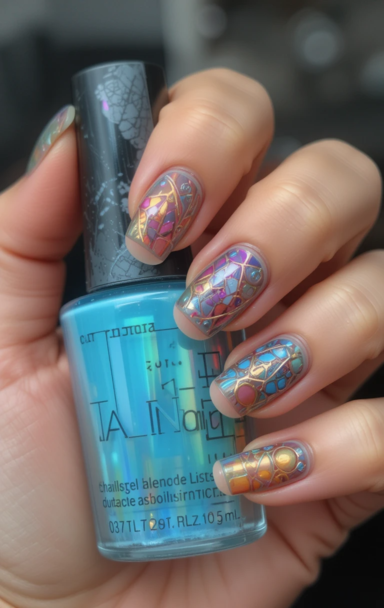
4. DIY Adaptive Manicures
For those who prefer to do their nails at home, several techniques can make the process easier:
- Grip Aids: Using rubber grips on nail polish bottles for easier handling.
- Automatic Polish Applicators: Devices designed for steady polish application help those with hand tremors.
- Foam Holders for Brushes: These help individuals with limited hand strength maintain control over the application process.
- One-Handed Techniques: Adaptive tools like nail polish stabilizers allow individuals with limited mobility in one hand to paint their nails independently.
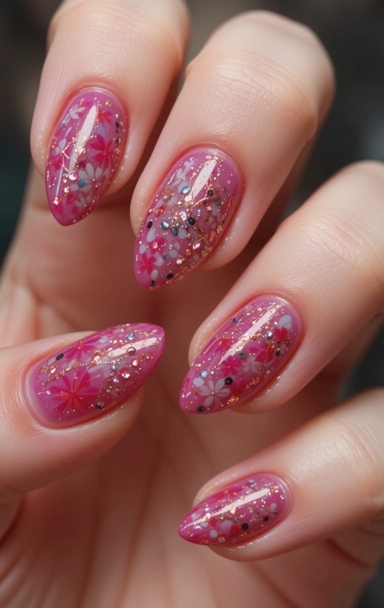
Innovations in Inclusive Nail Care
With advancements in technology and increasing awareness, several brands and professionals are championing inclusive nail care:
- Adaptive Nail Polish Packaging: Some companies are designing ergonomic bottles with easy-open lids and wider brushes for better accessibility.
- Voice-Activated Nail Devices: AI-powered devices that assist in nail polishing for individuals with limited hand mobility.
- Braille Labels on Nail Products: Ensuring accessibility for visually impaired individuals.
- Smart Polish Technology: Heat-sensitive or self-leveling nail polish formulas designed for effortless application.
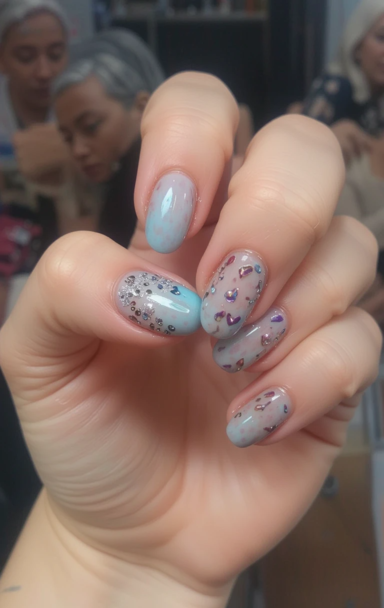
Case Studies: Inclusive Nail Care in Action
Case Study 1: Accessible Nail Salons
Salons like Finger Beauty Studio in New York have implemented wheelchair-accessible manicure stations, sensory-friendly environments, and trained staff to cater to clients with diverse needs.
Case Study 2: Adaptive Manicure Workshops
Organizations such as The Nail Accessibility Initiative host workshops teaching nail professionals how to offer adaptive manicures, emphasizing inclusivity in the beauty industry.
Case Study 3: Brands Leading the Way
Brands like Olive & June and Zoya are developing products with ergonomic packaging and hypoallergenic formulas to make nail care accessible for all.

The Future of Inclusive Nail Care
As the beauty industry continues to evolve, there is growing recognition of the need for adaptive manicures and accessible nail services. To ensure lasting change, key steps include:
- Policy Changes: Encouraging beauty schools to incorporate disability awareness training into their curriculum.
- Industry Standards: Establishing accessibility guidelines for salons to follow.
- Consumer Advocacy: Raising awareness about inclusive beauty practices to push brands and professionals toward change.
- Technology Integration: Leveraging AI, 3D printing, and automation to develop more accessible nail care solutions.
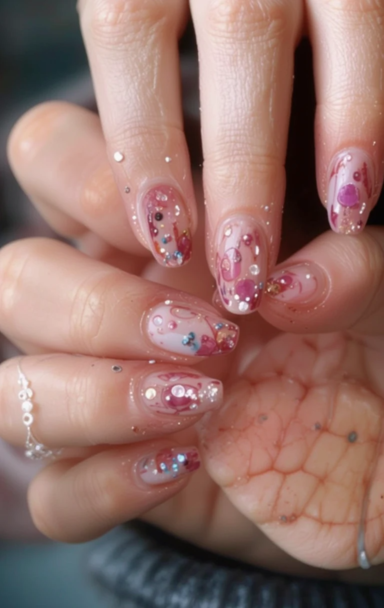
Inclusive nail care is not just about aesthetics—it’s about empowerment, confidence, and equal access to self-expression. By adopting adaptive techniques, training nail professionals, and embracing innovative solutions, the beauty industry can ensure that manicures are truly accessible to all. Through collective effort and awareness, we can transform nail care into a universally inclusive experience that celebrates diversity and individuality.



